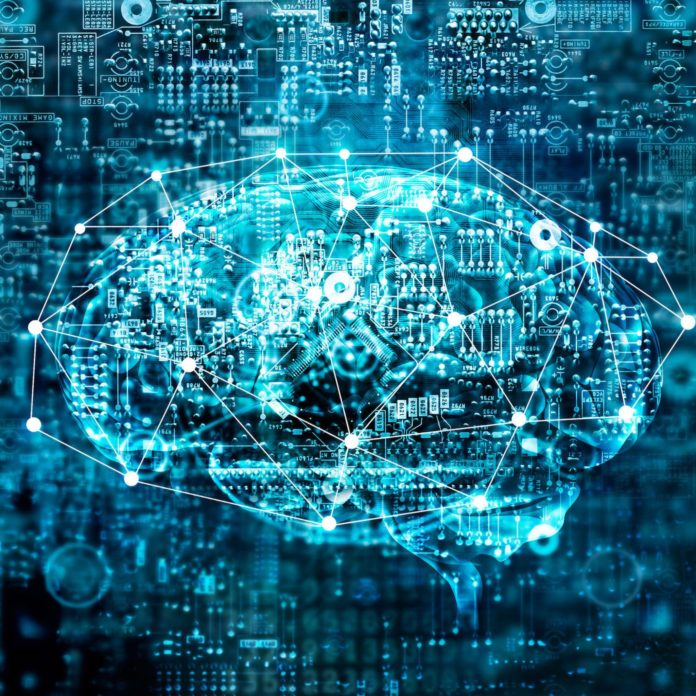Whether telco AI applications are delivered by leveraging hyperscaler clouds or run on-premises, many are support by the multi-billion parameter large language models (LLMs) provided by the likes of Anthropic, Meta, OpenAI and a handful of other well-funded specialists in model development and training. Here we take stock of how the aforementioned companies, along with operators and their vendors, are using, and tuning, LLMs for telco AI.
Anthropic’s Claude
AI company Anthropic’s Claude 1, Claude 2 and Claude 3 Sonnet LLMs are designed with safety and ethicality top of mind, including the use of reinforcement learning from human feedback in the model training process. Antrhopic describes itself as “an AI safety and research company” that makes “reliable, interpretable, and steerable AI systems.”
The company is working with SK Telecom to fine-tune Claude “to best meet the needs of telcos,” according to a press release from Anthropic. Anthropic “will leverage SKT’s domain experience in telecommunications in order to make the model optimized for a wide variety of telco applications, including customer service, marketing, sales, and interactive customer applications.” The goal is also for the model to support Korean, English, Japanese and Spanish.
Beyond this joint work on the LLM, SKT invested $100 million into Anthropic. SKT’s CEO Ryu Young-sang said of the tie-up, “By combining our Korean language-based LLM with Anthropic’s strong AI capabilities, we expect to create synergy and gain leadership in the AI ecosystem together and with our global telco partners.”
Meta’s Large Language Model Meta AI (Llama)
As Dell Technologies continues to grow its portfolio and share with its Telecom Systems Business, these offerings align with the company’s larger adoption of AI-optimized hardware and software, and expanding partner ecosystem.
Dell is working with Meta to stand up “the robust infrastructure required to support the deployment and utilization of these…LLMs on-premises” with validated designs, according to an April blog from Dell’s Infrastructure Solutions Group Chief Technology Officer Ihab Tarazi. “We provide the optimal end-to-end integrated infrastructure solutions to fine tune and deploy these models within our customers’ own IT environment without having to send sensitive data to the cloud or having to resort to using costly proprietary models and a closed ecosystem.”
Communications service providers (CSPs) have already started to use generative AI (GenAI) for capabilities like customer service chatbots and engineering support. The bigger vision is to leverage massive stores of telco data to create more adaptable, performant, optimized networks with closed-loop automation. However, that long-term evolution requires application and data center modernization—in addition to some organizational adjustments. To smooth this process, Dell Technologies and NVIDIA are delivering the Dell AI Factory with NVIDIA, the industry’s first end-to-end AI enterprise solution integrating Dell’s compute, storage, client device, software, and services capabilities with NVIDIA’s advanced AI infrastructure and software suite, all underpinned by a high-speed networking fabric.
A telecom-specific example here involves the Dell AI Factory with NVIDIA which was showcased during the recent Digital Transformation World—Ignite Event in Copenhagen Denmark. NVIDIA Global Account Manager for Edge and Telco Jared Carl explained that building an AI-ready infrastructure isn’t a simple node life and replace process. “As we shift into the new AI era, as we talk about the change that is necessary to adopt these AI technologies, we’re seeing rack-scale architectures come out,” he said.
Dell Technologies Global Vice President in the Telecom Systems Business David Trigg called
the mainstreaming of AI “an acceleration unlike anything we’ve ever seen,” and reiterated a core thesis: “one of our biggest points…is it all starts with the data. That’s why the data center is important…and we are front and center in driving this transformation with our customers.”
He also detailed that data center modernization is one piece of a bigger puzzle. Name-checking Dell partners Amdocs, Ericsson and Nokia, Trigg said ongoing application modernization, so users can “take advantage of the AI models, really be able to incorporate that into the functions…within the network” is how operators shift from established GenAI use cases like customer chatbots to full-on network automation.
OpenAI’s Generative Pre-trained Transformer (GPT)
OpenAI’s latest is GPT-4, although GPT-3.5 is also widely used to support broad capabilities around chatbots, content creation and integration with enterprise software. The model is meant to be versatile and adaptable across industries. AT&T used GPT to build its Ask AT&T tool.
Launched last year, the application uses GPT’s functionality and helps the operator’s coders and software developers become more productive and translates customer and employee documentation from English to other languages, and even simplifies that same documentation and make it easier to use.
Future use cases for AI, according to AT&T, include upgrading legacy software code and environments; making its care representatives even more effective at supporting customers; and giving employees quick and simple answers to human resources questions.
“We’re training Ask AT&T in a deliberate and measured way, so we can ensure that the system returns useful, accurate and, maybe most importantly, responsible responses,” the company said in a statement. “That measured, calculated approach is crucial.”
Check out this article for an overview on how telco AI can facilitate 5G monetization.

